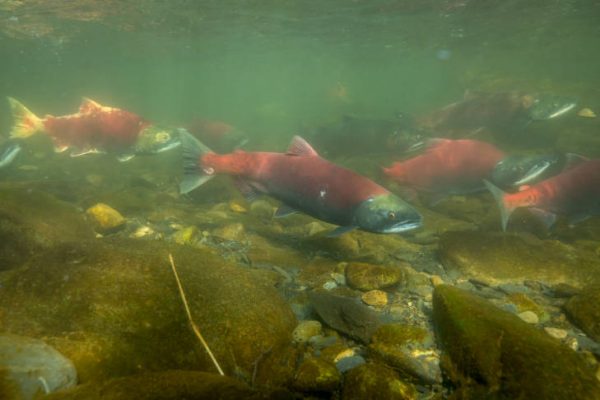
Commercial fishermen in Upper Cook Inlet are having a somewhat slow fishing season so far.
So far, only 361,000 salmon have been landed, which is only a little bit ahead of last year, when they ended the season with about a third less than the recent averages. Fish tickets are coming in on Wednesday, but they’re not even quite halfway to the average harvest by this time, said commercial fisheries management biologist Brian Marston. The historic average for mid-July is about 800,000.
And the restrictions added to the Kenai River on Monday to protect the king salmon take away more hours from the commercial fishery as well. Eastside setnetters were previously allowed 36 hours per week, but after the Kenai River king fishery goes to catch-and-release only, the management plan puts them back to 24 hours of fishing time for the week, with no regular periods. The drift gillnet fleet still has its regular fishing periods each week.
The harvest is behind what the average is, but that may change—the next ten days tend to be big harvest days, Marston said.
So far, the Kenai River sonar has counted just under 167,000 sockeye, a little behind what it was this time last year. The Kasilof River sonar has counted about 217,000 sockeye, which is within the escapement goal range. The current projections are for the run there to go over 400,000 sockeye.
Marston said the managers will continue to evaluate and use the 600-foot fishery in the Kasilof section, which does not count toward the fishing time limit for east side setnetters, but don’t have immediate plans to use the terminal harvest area at the mouth of the Kasilof River. The terminal harvest area is about a square-mile area and is a last-ditch tool to control escapement into that river, bringing commercial fishermen into the area right around the mouth to harvest sockeye specifically.
The sportfishing bag limit for sockeye has also been increased on the Kasilof river to six fish per day with twelve in possession.
Reach Elizabeth Earl at eearl@kdll.org.




